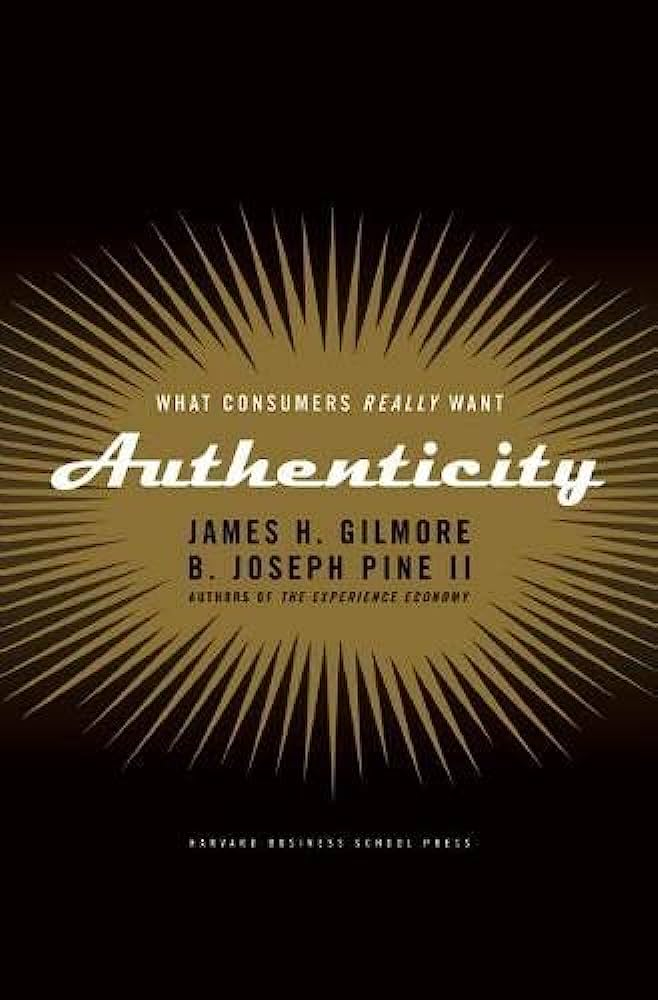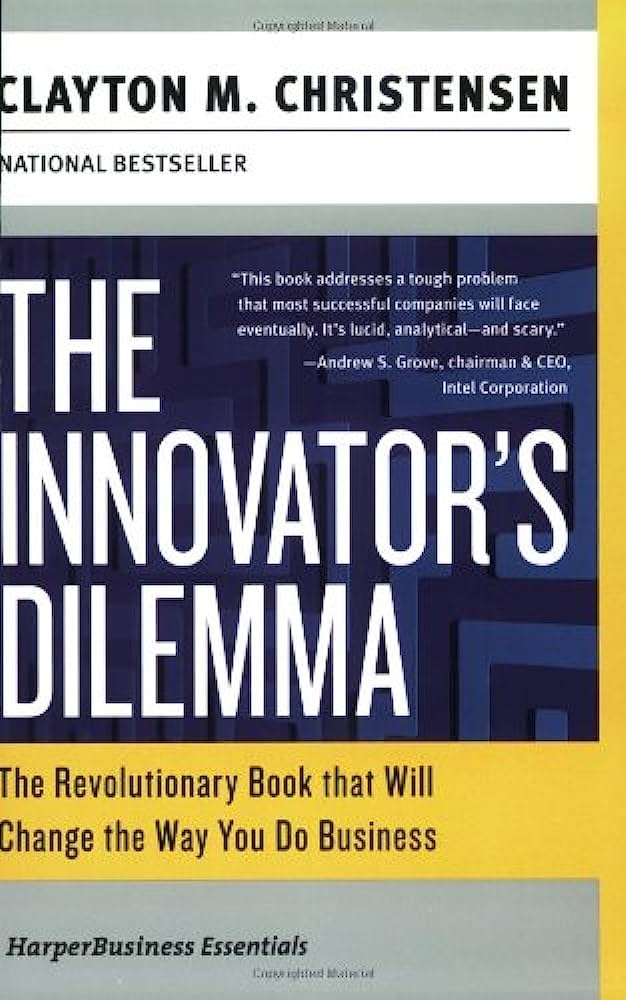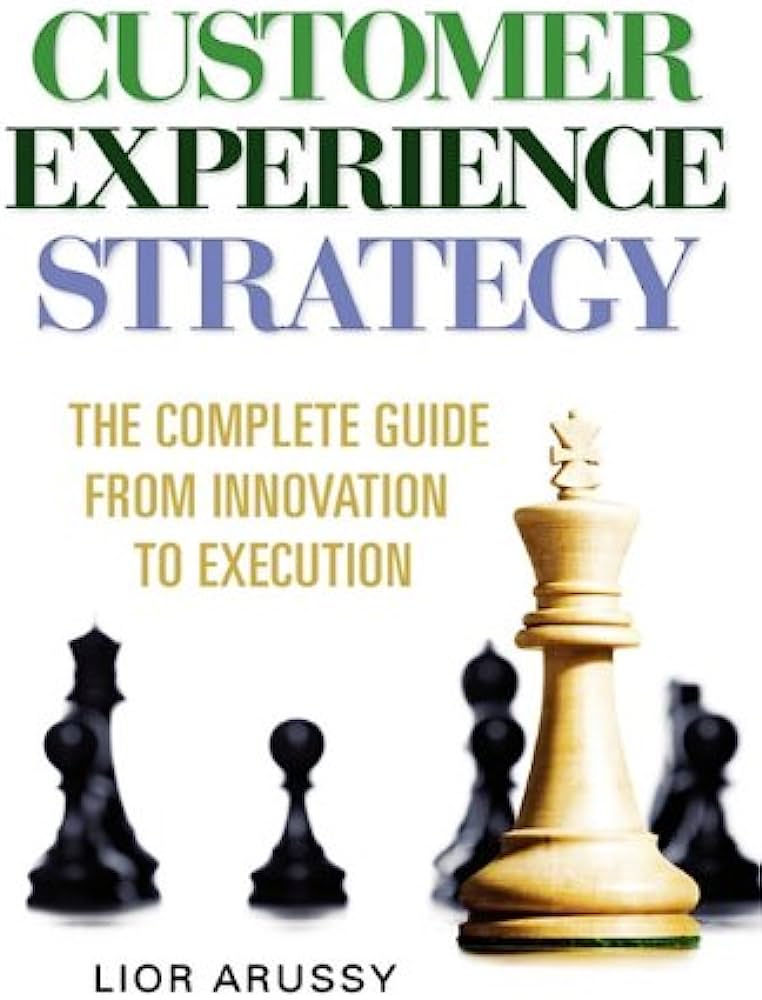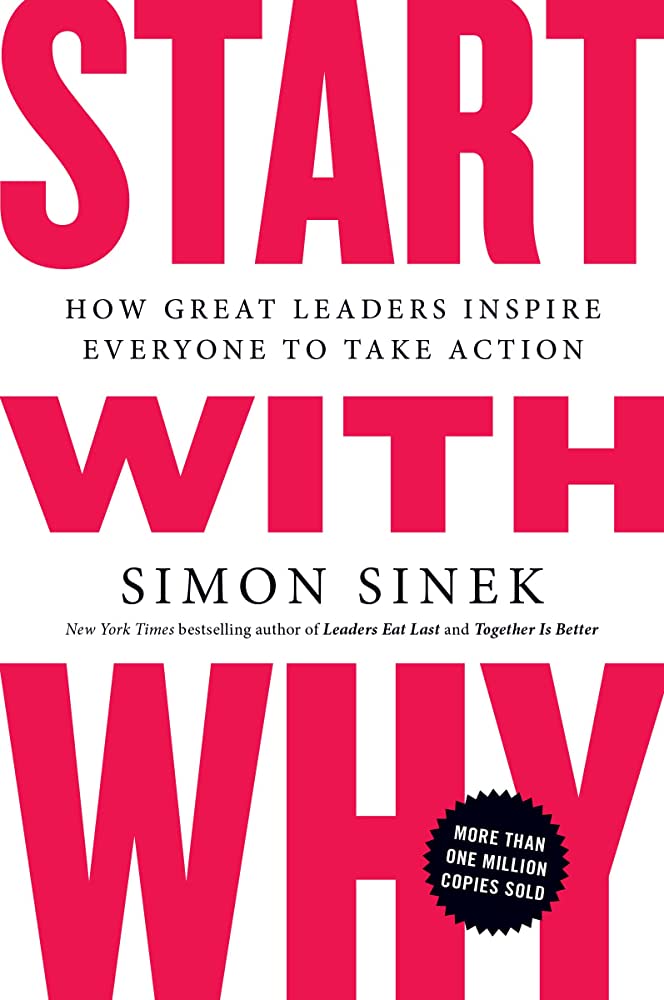Bringing Customer Relationships Back into CRM Implementations

By the late 1990s, many banks understood the shortcomings of the product-centric model and began to consider the transformation needed to become customer-centric. The idea of customer-centricity required a completely new approach to the banking business – product customization, new distribution channels, increased access to bank staff, a different mentality among customer-facing staff and new performance measures. All in all, the task was daunting to say the least, and there was little past experience in this area of business transformation to provide confidence in the new approach.
The early 2000s brought additional advances in technology and many banks jumped at the chance to implement the massive data warehouses and Customer Relationship Management (CRM) systems that would redefine their businesses. The idea was that data warehouses would track customer data, preferences, usage patterns, etc. and would allow banks to configure CRM systems with “if/then” rules in an effort to offer the right products to the right customers at the right time. Sounds great!
However, over the past decade, few banks have seen the rewards promised despite significant investments in CRM systems. A 2009 study by Forrester Research indicated that 47% of CRM project implementations in the U.S. fail in their initial attempt. While specific reasons can be cited, CRM failure is most often tied to a poorly planned strategy. Over the past decade, many organizations grossly underestimated the extent of internal restructuring necessary to reap the full benefits of their CRM solutions. While CRM systems can definitely be a crucial part of the effort to develop and maintain healthy relationships with clients, it is merely a technological enabler. Therefore, designing a CRM system to support a business that is not already customer-centric is unlikely to deliver satisfying results. “In the end, CRM delivered a healthy amount of tactical benefits (improving employee productivity, streamlining processes, reducing cost, etc.) but did not move the needle on customer loyalty and experience,” wrote Bob Thompson of CustomerThink.
“CRM system to support a business that is not already customer-centric is unlikely to deliver satisfying results”.
Transformation Before Technology
As presented by providers, the implementation of CRM systems promised improved quality of customer relationships, more revenue (and profit), and increased loyalty. However, if loyalty is a measure of a healthy relationship, then the implementation of CRM systems has clearly underperformed. Now, it seems more companies are realizing that the transformation needed to become customer-centric must begin long before implementing a technology solution to support the newly transformed business.
In other words, the issue is not with CRM as a technology, but how the technology has been applied. As pointed out by Booz Allen, too many banks invested in supposedly customer-centric strategies without properly reorienting their business model around the consumer: “In many cases, these banks translated customer-centric to mean cross-selling.” While good for the bank, the value of cross-selling has been less apparent to customers. “Customer-centricity requires more than attempts to cross-sell; it requires a fundamentally different approach to the customer.” However, what many consultants failed to point out in the rush to implement CRM is that the approach needed must lead banks to a more forward-looking understanding of their customer relationships, not just trying to predict based on historical behavior.
In addition, while banks talk about a customer-centric approach, their operating models still restrict the effectiveness of their approach. Banks often have complex and rigid layers of operations that do not always work together to provide integrated insight and understanding of customer relationships. These limitations often are based on channels (e.g. branch vs. online), product lines (e.g. mortgages vs. deposits) or a function (e.g. underwriting). A good example is how branches often remain as the primary contact point for many customers, while alternative channels fail to share data for effective customer insight.
The inherent assumption with CRM was that historic behavior could determine future behavior. However, no matter how well the IT system gathers this data, it will fail to recognize the customer’s aspirations as determinants of future behavior. Primarily, bank CRM systems today are used to acquire behavioral data with the goal of pushing slightly more targeted product to the customer. This does not represent any form of dialogue and definitely does not include the benefit that can be derived from “a shared base of knowledge with the customer, based on a relationship of trust and reciprocity,” according to Booz Allen. “Banks, in an effort to become customer-centric, have laid a customer management model on top of what is largely a product-based organization structure, incurring huge complexity costs.”
While many of the technological deficiencies of CRM have already been recognized within the banking sector, some new trends in banking are increasing the challenges, including new technologies such as mobile apps, social media, and virtual meetings. All of these advances provide new ways to connect to customers via new channels and more independent venues. However, they also increase the challenges of integrating channels fully within the CRM system.
Collaborative Conversation
In CRM at the Speed of Light, Paul Greenberg goes to great lengths to recognize the shortcomings of the original conception of CRM as a strategy largely based on data reflecting historic behavior. He states that the new rules of CRM systems should be designed to help the organization to “engage the customer in a collaborative conversation in order to provide mutually beneficial value in a trusted and transparent business environment.” Ultimately, banks must learn to manage their businesses based on their relationships with customers, which requires external engagement and ongoing dialogue to drive improvements in relationship performance. Banks, however, have traditionally sought these improvements from within, which limits their understanding of the outside world.
For example, I was recently approached by a banker at a conference asking how to build a CRM system to identify the perfect moment to offer a new car loan to customers who currently have a car loan with the bank. this particular bank had spent over a year working on algorithms designed to capture and analyze the history of payments, the maturity of the current loan, market trends, purchase behavior of different income segments and age groups, etc. Basically, they were trying to extract the answer from within the bank, which is almost guaranteed to be inaccurate.
My response was simple: If you want to know the perfect time to offer a car loan, ask your customer when he/she plans to purchase their next car. A member of the bank staff, armed with the right processes, tools, and training, could easily engage customers in a discussion on the major purchases that they have planned for the next 6, 12, 18 months and how the bank might help to realize those goals. An approach like this will likely harvest not only opportunities to offer auto loans, but many other products as well.
While many people comment on the significant failures and unfulfilling implementations of CRM systems in banks, others view these as “growing pains” in a relatively uncharted territory for most businesses. For example, one of the most noteworthy mistakes during the wave of customer-centric development was the assumption that past customer behavior can predict current interest and increase sales, which is inaccurate at best. Banks can generate much more value (for themselves and for customers) with the understanding that customer aspirations will drive future behavior in a much more consistent manner.
Therefore, instead of searching through warehouses of data and algorithms designed to extract an answer from within, banks should utilize ongoing contact and dialogue with the customer to obtain clear and reliable insight into future needs, wants, desires, and dreams. This information, captured and managed within CRM systems, will allow the bank to plan for and propose the right solutions at the right time for each individual customer.


Understand the value of a customer-oriented analytics package and how behavioral scenarios can be used to improve profitability through influencing behavior and usage.
To understand the principles of game dynamics and learn how to effectively use the elements of gamification in business: to involve customers, employees and contractors in the process.
Understanding branding and communications from the standpoint of emotional engagement and building relevant and meaningful dialogue with customers.
This course covers a complete view of customer touch points (both physical and virtual) and a unique model for standardizing and managing customer contact models across channels including approaches for customer feedback, quality management, and migration.
Experiential Branding & Communications – Improving Brand Integration Through Emotional Engagement.
This course covers a complete view of customer touch points (both physical and virtual) and a unique model for standardizing and managing customer contact models across channels.
Understand the value of a customer-oriented analytics package and how behavioral scenarios can be used to improve profitability through influencing behavior and usage.
To understand the principles of game dynamics and learn how to effectively use the elements of gamification in business: to involve customers, employees and contractors in the process.
Understand the components and features in a complex Customer Relationship Management system (infrastructure, architecture, functionality, etc.) and the uses and benefits for both the business and the customer.
Understanding the range and function of different relationship management processes used to build customer engagement models and manage the quality of customer relationships.
Understand how the innovation process changes moving from functionality and channel design to a process focused on creating value for customers.
Understanding the drivers and mechanics of corporate culture will help any management to design and develop an organizational culture for success and growth.




 Copy Link
Copy Link
 E-mail
E-mail
 LinkedIn
LinkedIn
 Facebook
Facebook
 Telegram
Telegram
 WhatsApp
WhatsApp














 Go Back
Go Back
Leave a Reply
You must be logged in to post a comment.